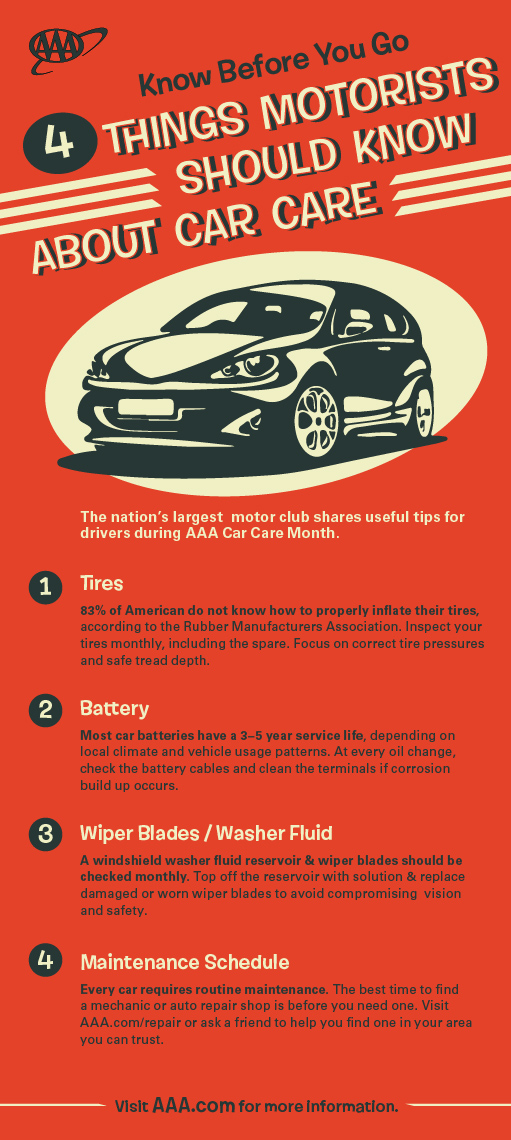An Introductory Overview To Decoding Your Automobile'S Warning Indicators
An Introductory Overview To Decoding Your Automobile'S Warning Indicators
Blog Article
Write-Up Produced By-Almeida Isaksen
When you lag the wheel, those little warning lights on your automobile's dashboard can be fairly puzzling. What do they suggest, and should you be worried? Comprehending these signals is essential for your automobile's well-being, however it does not need to be a challenging job. By translating have a peek here behind each light, you'll be geared up to take care of possible concerns successfully and keep your vehicle running smoothly. So, following time a caution light flashes, do not panic - arm yourself with understanding and take control of the scenario.
Value of Vehicle Warning Lights
Understanding the significance of your car's caution lights is crucial for keeping your lorry's health and safety. These lights serve as your vehicle's interaction system, notifying you to potential concerns that could endanger your security when driving or lead to expensive repair services if ignored. By taking note of these cautions, you can address issues early and protect against further damage to your lorry.
Disregarding advising lights can lead to severe repercussions, such as engine failing, brake malfunctions, or perhaps accidents. These lights are made to notify you of concerns ranging from low tire pressure to engine malfunctions, giving you the chance to take action before the scenario worsens. Routinely examining and understanding these warnings can save you time, money, and guarantee your safety while driving.
Along with keeping you risk-free, reacting quickly to alerting lights can likewise assist prolong the life-span of your automobile. By resolving issues early on, you can avoid tiny issues from escalating into significant fixings, ultimately conserving you money and time in the future. Keep in mind, your automobile's warning lights are there for a factor - don't ignore them!
Common Warning Lights and Meanings
When it pertains to driving your automobile, being aware of typical warning lights and their definitions is vital for your security and automobile maintenance. Here are a few common caution lights you may encounter:
1. ** Check Engine Light **: This light shows a concern with your engine. Maybe something small like a loose gas cap or something much more major like engine misfiring.
2. ** Battery Light **: This light signals an issue with your cars and truck's billing system. It might indicate a faulty battery, alternator, or other related elements.
3. ** Oil Pressure Light **: When this light comes on, it suggests your engine might be running low on oil or experiencing reduced oil pressure, which can bring about engine damage otherwise attended to promptly.
4. ** Brake System Light **: This light suggests an issue with your stopping system. It could indicate reduced brake fluid degrees or a trouble with the brake system that calls for instant interest.
Recognizing these common caution lights will certainly assist you determine prospective concerns early on and prevent even more substantial problems down the road.
Exactly how to React To Warning Lights
In the event that a caution light brightens on your automobile's dashboard, it's important to react quickly and suitably. When a caution light comes on, the first step is to consult your proprietor's handbook to recognize the certain problem indicated by the light.
Some lights require immediate attention, while others may indicate a much less urgent issue. If the warning light is red or flashing, it's usually an indicator of a severe trouble that needs prompt action. In such situations, it's advisable to pull over securely, switch off the engine, and seek expert assistance.
For yellow or orange caution lights, while they might not need immediate interest, it's still essential to attend to the hidden issue quickly to prevent more damage. Routine maintenance and examination can help stop alerting lights from beginning all of a sudden.
mechanic trade school
To conclude, recognizing your vehicle's warning lights is essential for maintaining your automobile's health and wellness. By regularly inspecting and replying to these warnings, you can address possible issues early and prevent pricey repair work or safety threats. Keep in mind to consult your owner's handbook for details on various warning lights and always take immediate action for red or blinking lights. Keep please click the next website page and maintain your vehicle running smoothly!
